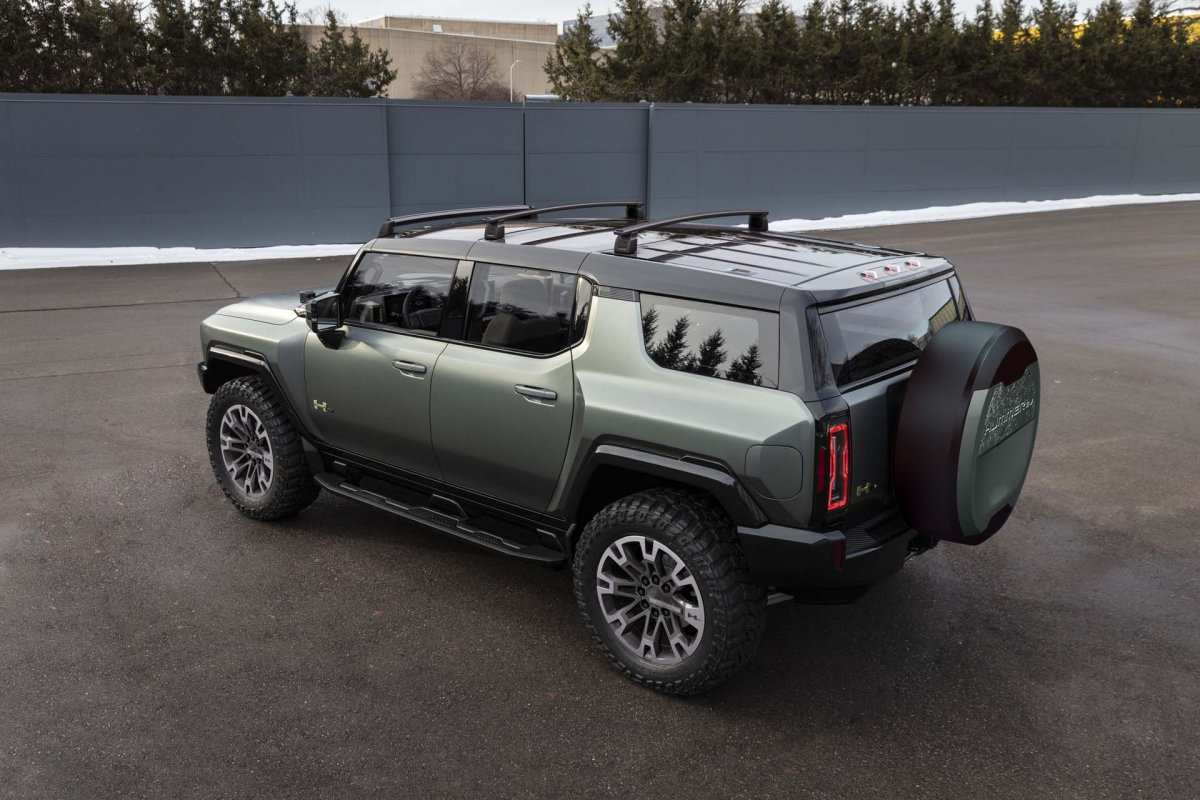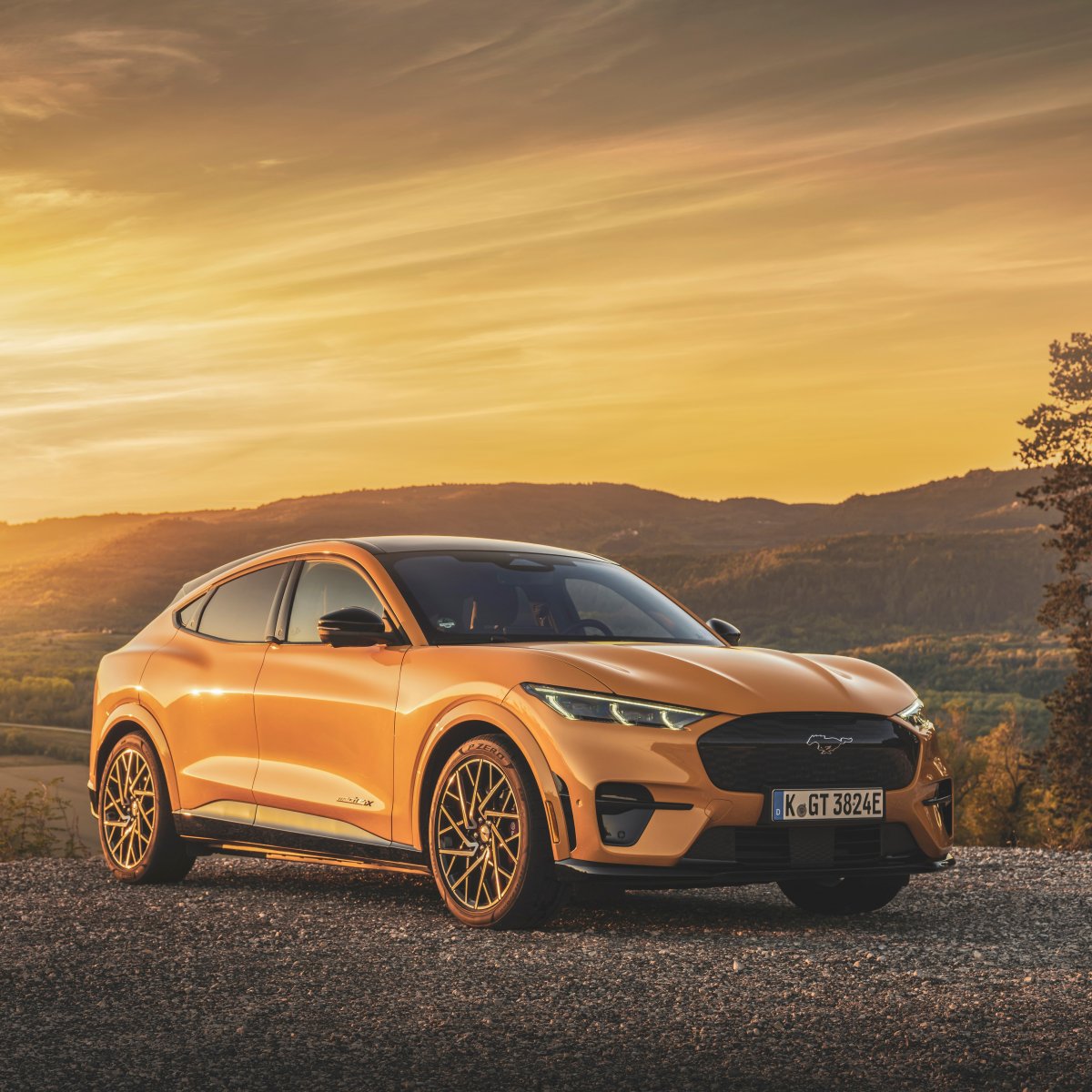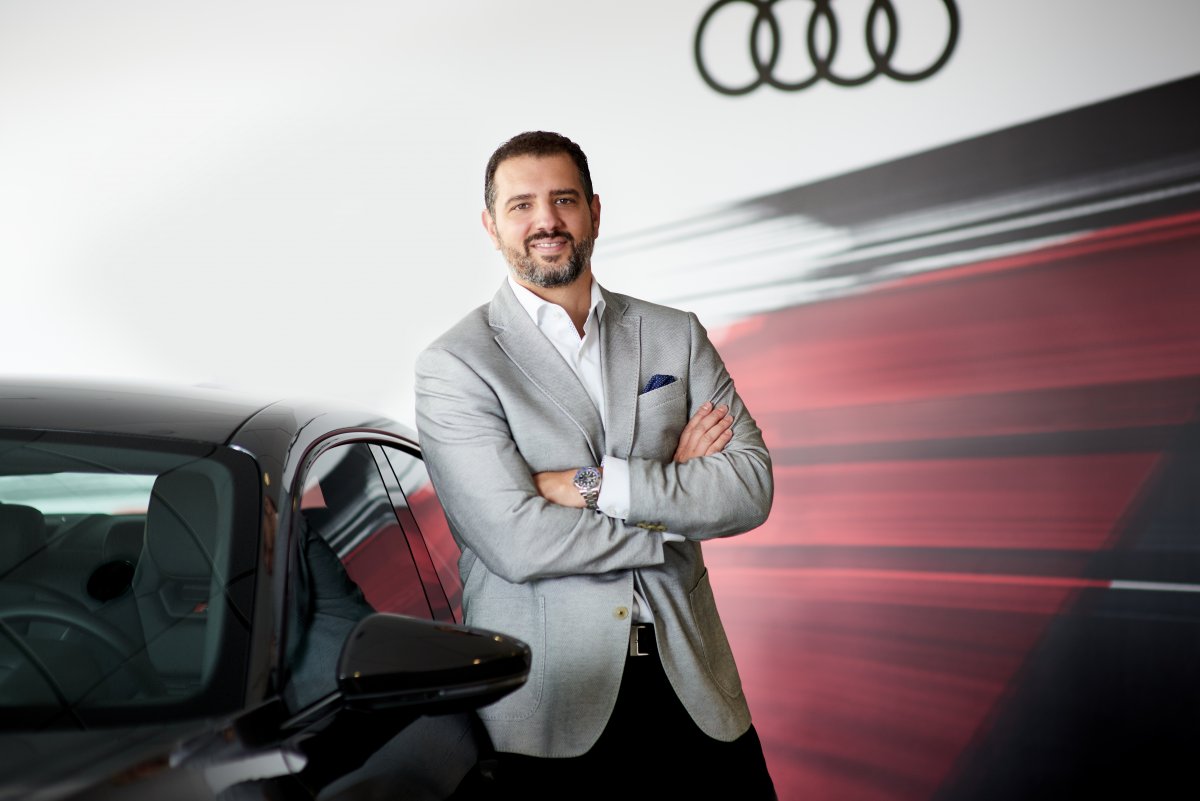Written by Chris Penrose
THE WORLD OF MOTORCYCLES, FOR MOST OF US, FEELS LIKE AN INVITATION-ONLY CLUB FOR BIKERS OR STREET RACERS.
Husqvarna and KISKA (an Austrian design firm) wanted to open things up beyond these boxes through the design of the three motorcycles they’re releasing this spring: the SVARTPILEN 401 (a rugged, upright urban explorer) VITPILEN 401 (a design-savvy urban cruiser) and VITPILEN 701 (a marriage of simplicity and thrilling power).
They began with one question: What is the essence of the motorcycle? What they arrived at was the word “freedom,” which they saw as embodied in the nostalgia of motorcycle culture in the 70’s. “Motorcycling is about freedom and enjoying riding,” explains Maxime Thouvenin, Lead Creative at KISKA. They had an early recognition that what freedom means now, with helmet laws and considerations such as texting and driving, includes safety as a much greater part of motorcycling. “The freedom as it was in the 70’s is not the same freedom as today. You’re not Steve McQueen riding with no helmet and no shirt,” says Thouvenin.
Another challenge in the design process was the fact that the world of motorcycles is extremely segmented. “You hear the word ‘club’ associated a lot to motorcycling,” notes Vanessa Watson of Husqvarna. “This is the anti-thesis of that. Everybody is welcome.”
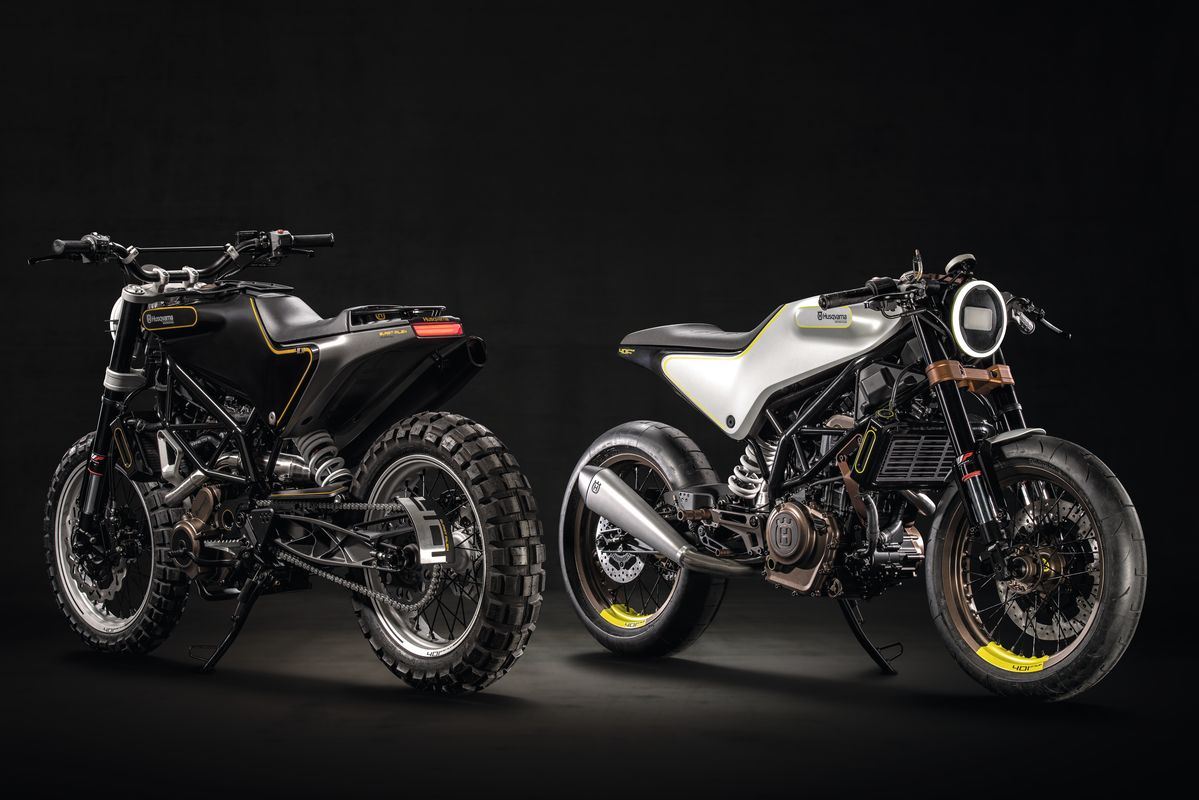

The process to get there is what makes these bikes so unique. In most cases, the creative side of the design and the engineers work quite separately, and the personality of a motorcycle would solely be expressed in cosmetic features.
Thouvenin breaks down how their process was deeply collaborative: “When we start such a project, we first imagine what it could be on paper. Then we have workshops with engineers where we decide what we want together. We didn’t get a pre-packed design that we add plastics too. We really question everything together from scratch to make sure that we make something special.”
What they arrived at was a minimalist approach, leaving no element of the motorcycle free from questioning and interrogation. “We wanted to really reduce these motorcycles to the minimum,” says Thouvenin of the final product, “everything has been reduced to its most simple form.”


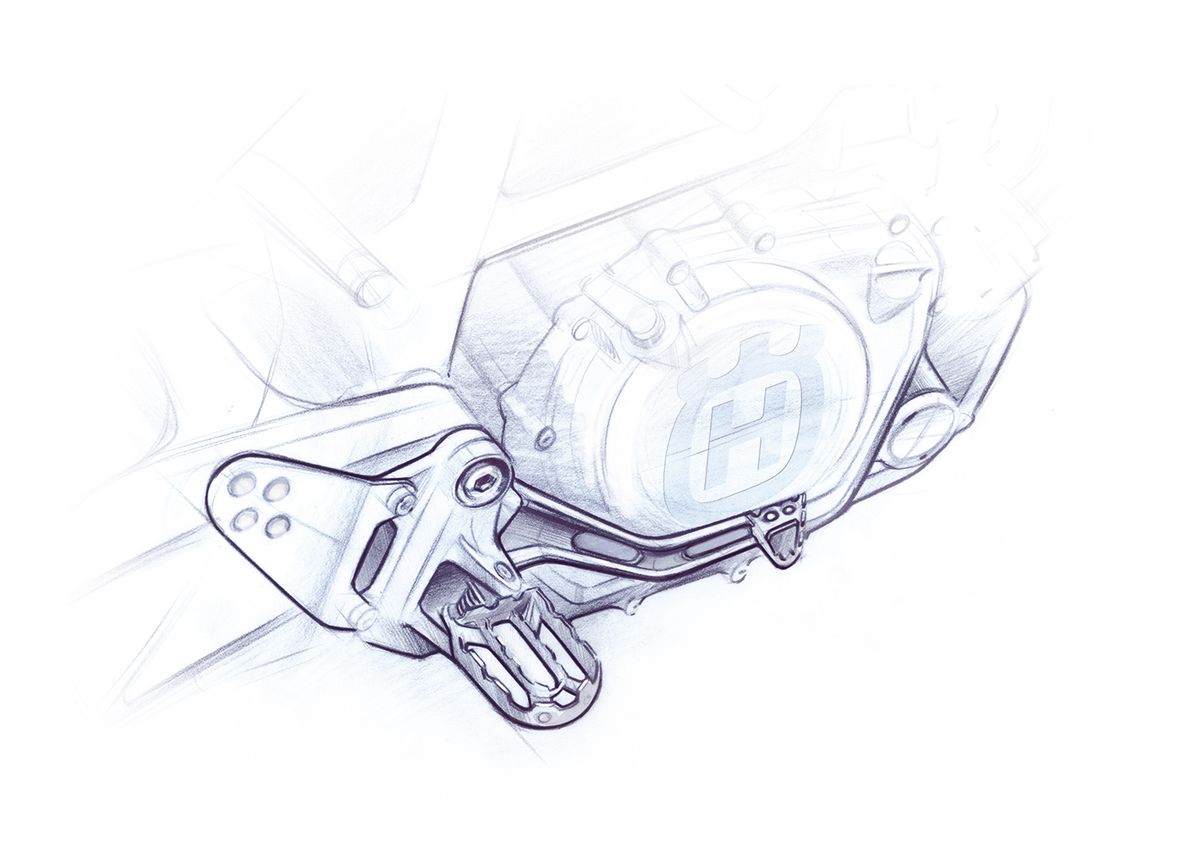

“Having to wear all leather to ride your motorcycle creates an expectation and a sort of performance,” says Thouvenin. “That’s not what we want, so we thought about the whole gear design. On these bikes, you don’t want to have leather pants, you want to [to wear] urban lifestyle gear. “
The spirit of what they have achieved is captured in a video featuring German urban photographer Max Leitner, where a motorcycle is at the centre of his creative pursuit through the urban landscape. You see him weaving through the city streets guided by his eye for discovery of the city-scape, easily accessing spaces that would be too far or completely missed if not on his motorcycle.
While Husqvarna and KISKA have accomplished an exciting re-think of the motorcycle, the significance of this release goes beyond this industry. It is an example of the endless possibilities held within design driven by the goal of inclusivity to open up products and sectors that have gone unquestioned to new audiences.






